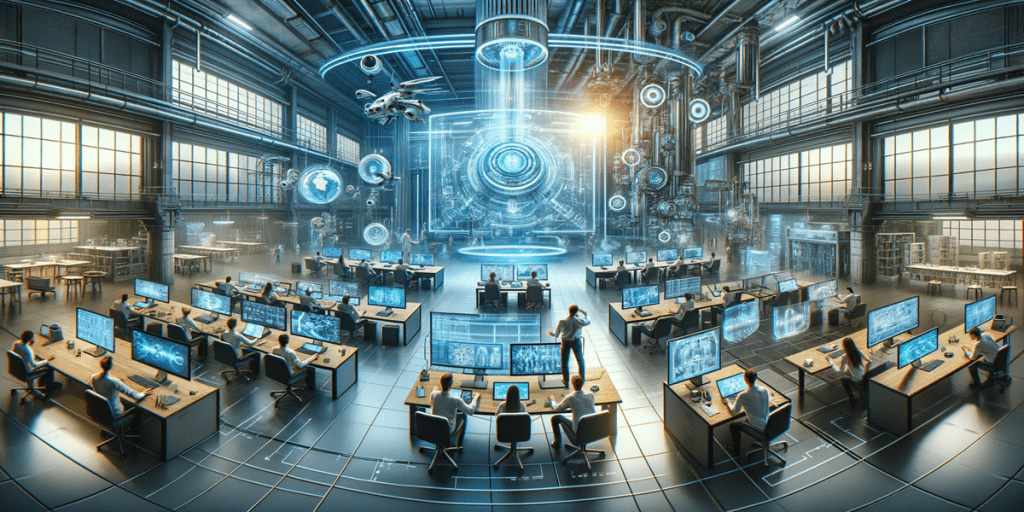In today’s fast-paced digital world, time is one of the most valuable assets. Whether you’re a startup aiming to bring your MVP to market or an enterprise scaling up for a major digital transformation, speed matters. One of the most effective ways to ensure rapid progress without compromising quality is by leveraging on-demand developers. These skilled professionals offer flexibility, scalability, and speed—key factors in accelerating your project timelines.
In this article, we explore the transformative impact of on-demand developers on project timelines, discuss their advantages, and provide insights into best practices for integrating them into your workflows.
What Are On-Demand Developers?
On-demand developers are highly skilled professionals hired on a per-project or short-term basis to fulfill specific development needs. Unlike full-time employees, these developers provide flexible services that can be scaled up or down depending on project requirements.
They may be freelancers, contractors, or part of an agency providing on-demand development services, such as Atcuality. They are typically experienced in handling various technologies, programming languages, and frameworks—making them a versatile solution for businesses seeking agility.

The Need for Speed in Software Development
Every day delayed in product development can mean lost revenue, missed opportunities, and increased competition. Project delays often arise due to:
On-demand developers offer a way to bypass these common roadblocks and streamline your software development lifecycle.
-
Rapid Onboarding and Immediate Impact
Traditional hiring processes can take weeks, even months. In contrast, on-demand developers can be onboarded within days—sometimes hours. Providers like Atcuality vet and pre-qualify developers, ensuring they are ready to dive in and contribute immediately.
This rapid onboarding is particularly useful for:
By reducing the hiring cycle, companies save valuable time and avoid delays in starting or continuing their projects.
-
Specialized Skills When You Need Them
Modern software projects often require a range of skills—frontend, backend, DevOps, UI/UX, QA, and more. Building a full-time team with all these capabilities is expensive and time-consuming.
On-demand developers bring specialized skills tailored to specific project needs. Whether it’s React, Python, Node.js, or cloud infrastructure, you can hire experts for each component of your project.
This means:
-
Flexibility and Scalability
Project requirements can change rapidly. On-demand developers provide the flexibility to scale your team up or down as needed. This agility accelerates project delivery by ensuring you always have the right number of people at the right time.
Examples include:
This elasticity helps keep your timelines on track without overcommitting your budget.
-
Enhanced Productivity Through Focused Development
On-demand developers are often brought in for specific tasks or modules. This focused scope increases productivity and reduces the time required to complete key components.
Unlike in-house staff who may be juggling multiple responsibilities, on-demand developers work with clear deliverables and milestones, often within agile sprint frameworks.
This laser-sharp focus leads to:
-
Round-the-Clock Development with Distributed Teams
Global availability means you can hire developers from different time zones to work around the clock. This “follow-the-sun” development model ensures that work continues even after your local team signs off for the day.
Benefits include:
This is especially advantageous for projects with global scope or tight launch schedules.
-
Minimizing Bottlenecks in QA and DevOps
On-demand teams can include QA testers and DevOps engineers—crucial roles that often become bottlenecks in traditional workflows. Integrating these roles early with development helps streamline the testing and deployment process.
Continuous integration and delivery (CI/CD) practices become more effective when these roles are handled by experienced professionals working in parallel with your developers.
Result: faster releases and fewer rollbacks.
-
Risk Mitigation and Fallbacks
Bringing in on-demand talent reduces the impact of unforeseen challenges. For example, if a key team member falls ill or leaves mid-project, an on-demand developer can step in without causing significant disruption.
This built-in redundancy helps maintain momentum and keeps your delivery timeline intact.
-
Cost-Effective Acceleration
Contrary to popular belief, hiring on-demand developers doesn’t always mean higher costs. In fact, they help you avoid the sunk costs associated with hiring, training, and retaining full-time employees.
You also save on:
By aligning costs directly with work output, your project timeline benefits from greater resource efficiency.
-
Empowering Agile and Iterative Development
Agile methodology thrives on collaboration, iteration, and quick feedback loops. On-demand developers are accustomed to working in agile environments and can seamlessly integrate into your existing sprints or standups.
This agile alignment allows:
In turn, this keeps your project timelines dynamic and forward-moving.
-
Real-World Success Examples
Let’s take a look at hypothetical but realistic examples of how on-demand developers have accelerated project timelines:
Case Study 1: Startup MVP in 8 Weeks
A fintech startup approached Atcuality to build a prototype banking app. By deploying a team of on-demand developers skilled in Flutter and Firebase, they were able to launch their MVP in just 8 weeks—beating their target by nearly a month.
Case Study 2: Enterprise Cloud Migration
A healthcare provider needed to migrate legacy systems to the cloud. Atcuality’s on-demand DevOps and backend specialists completed the transition 30% faster than projected, avoiding regulatory penalties and cutting hosting costs.
Best Practices for Working with On-Demand Developers
To fully leverage the benefits of on-demand developers, follow these best practices:
Conclusion: Speed Is a Strategic Advantage
In an age where time-to-market defines competitive advantage, businesses need to adapt quickly. On-demand developers offer a practical, flexible, and powerful solution to accelerate your project timelines without sacrificing quality or control.
Whether you’re launching a new product, scaling a digital platform, or undergoing transformation, partnering with a trusted on-demand development service like Atcuality can help you hit your milestones faster—and smarter.
Need speed without the stress?
Explore Atcuality’s on-demand developer solutions and move from idea to execution at lightning speed. Contact us today to get started.


 Connect With Us
Connect With Us
 Contact With Us
Contact With Us